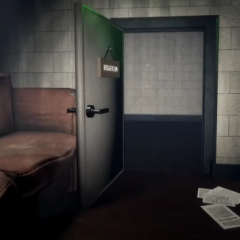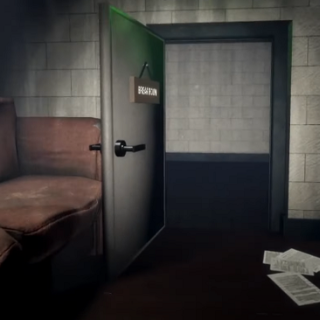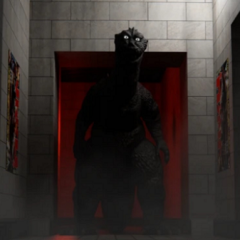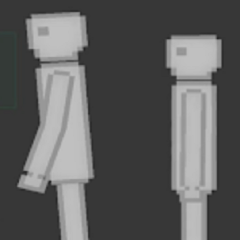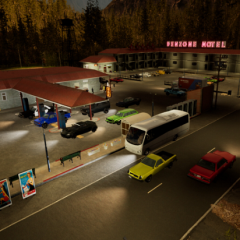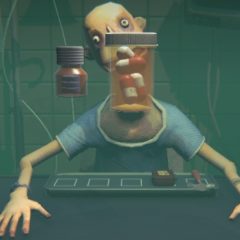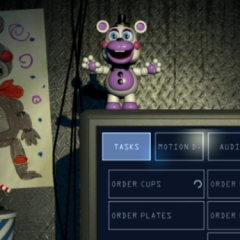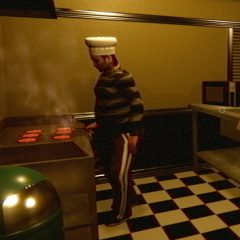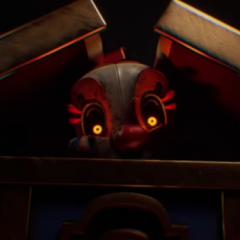The second night in Suitborn unfolds with a sense of unease that builds immediately. The systems you relied on during your first shift are still here, but their behavior feels different. Doors respond slower, cameras glitch more often, and certain hallways carry strange echoes that make it hard to know if you are alone. What was once familiar now demands constant attention, as even the smallest delay in reaction can shift control of the situation away from you. The longer you remain on duty, the more you realize that this night will not follow the same rules as before.
Increased Task Complexity
Your objectives for the night are more spread out across the facility, requiring longer trips between checkpoints. The environment is darker overall, with emergency lighting creating deep shadows that obscure your view. Control terminals issue more frequent alerts, some genuine and others seemingly false, forcing you to waste time verifying them. In certain areas, you must reroute power manually before systems will respond, which leaves you vulnerable while focused on the panels. The entire structure feels as though it has been rearranged subtly, making navigation slower and less predictable.
Adaptive Hostile Behavior
The entities within the building no longer behave as they did on the first night. They seem to observe your habits, blocking routes you often use or approaching from angles you have not seen before. Their pacing shifts unexpectedly, making it difficult to time your movements safely. Surveillance feeds remain your best tool for tracking them, but the constant signal disruptions mean you rarely get a full picture of their location. You are left to make judgment calls based on partial information, balancing speed with caution.
Effective survival during this shift requires:
· Mapping alternate routes early in the night
· Rotating your movement patterns to avoid predictability
· Maintaining a mental record of recent sightings
· Handling critical repairs before less urgent ones
· Avoiding long stops in unsecured spaces
A Facility That Feels Alive
The structure itself seems more reactive than before. Sounds carry strangely, with metallic groans and faint mechanical whirring coming from unseen areas. Certain doors close behind you without input, and a few refuse to open until you complete unrelated tasks elsewhere. Cold air drifts through vents, hinting at sections of the building that may have been opened during the night. You begin to suspect that you are being funneled into certain areas, though whether this is intentional or the result of failing systems is unclear.

